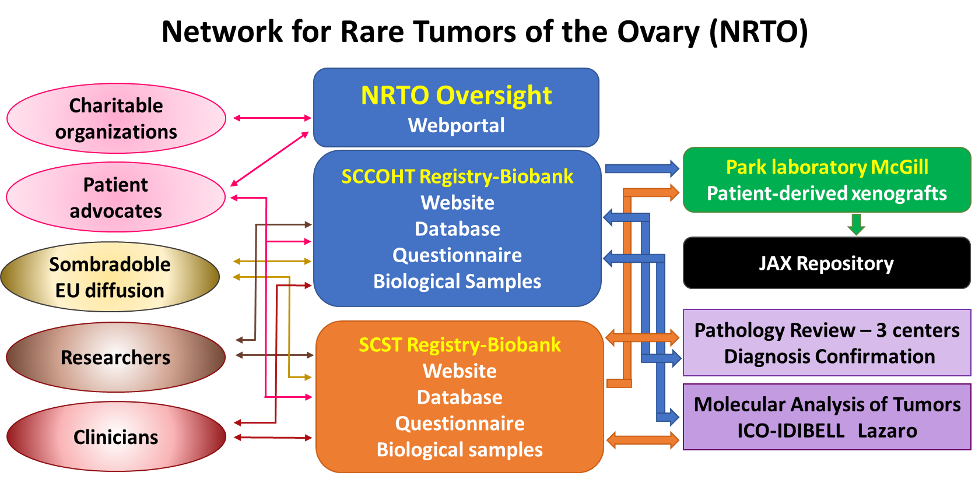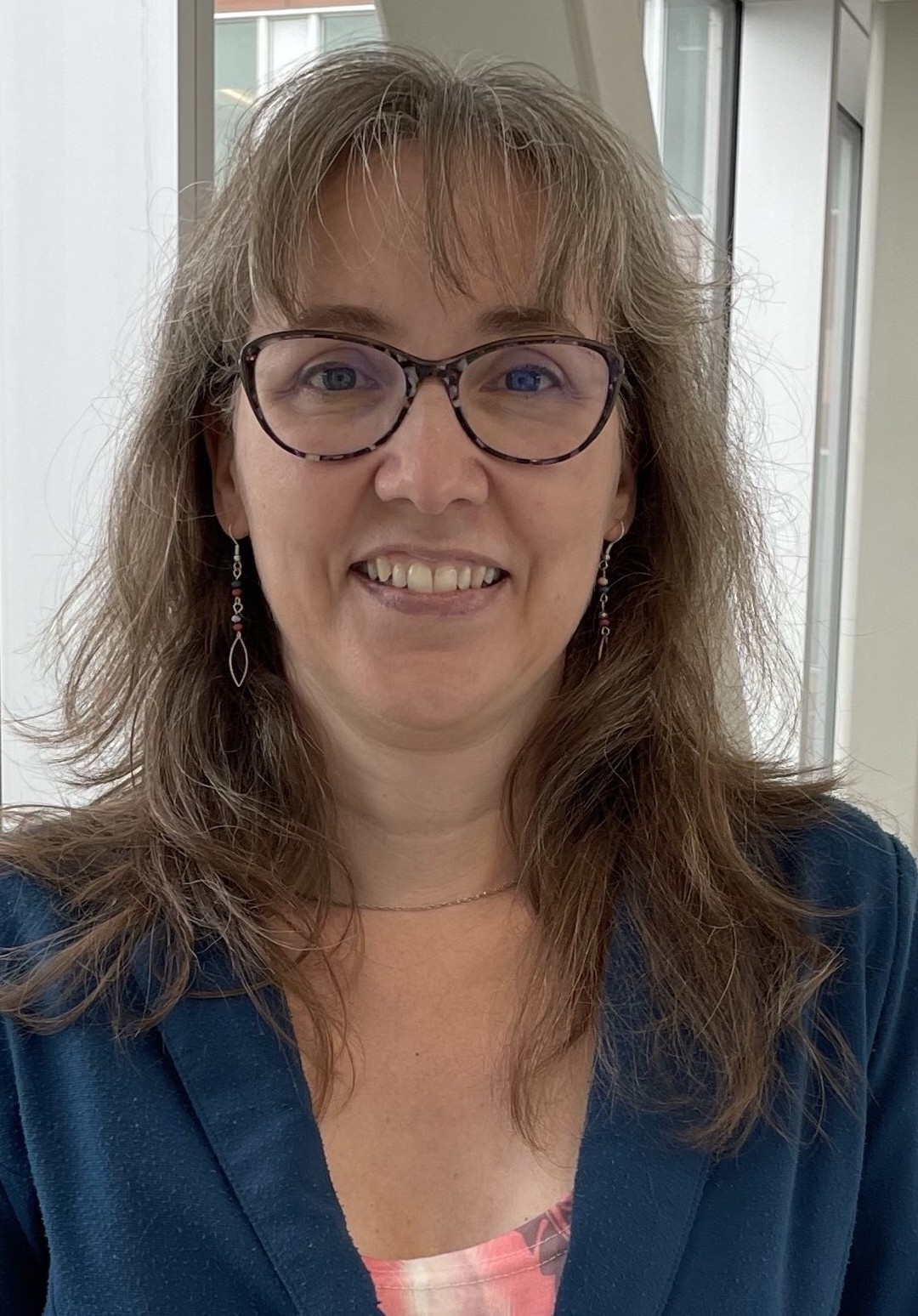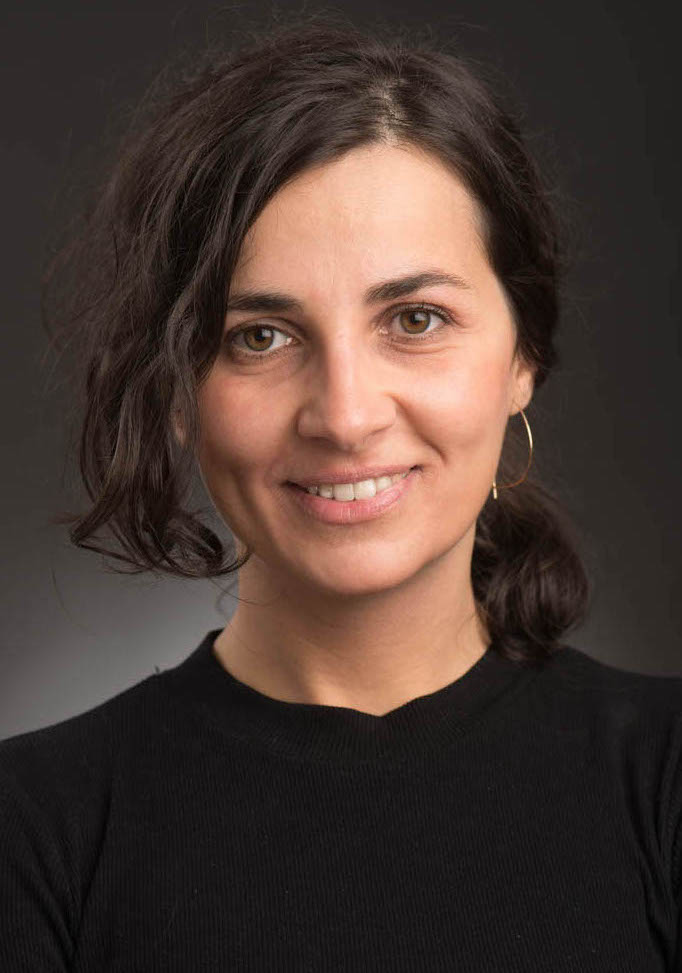Rare Cancers
NRTO: A Networking Platform for Rare Ovarian Cancer



Posted September 30, 2022
Dr. William Foulkes at Research Institute of McGill University Health Centre (RIMUHC), Montreal, Canada
Ms. Nancy Hamel at Research Institute of McGill University Health Centre (RIMUHC), Montreal, Canada
Dr. Barbara Rivera at The Bellvitge Institute for Biomedical Research (IDIBELL), Barcelona, Spain
Dr. Morag Park at McGill University, Montreal, Canada

Dr. William Foulkes
(Photo Provided)
According to the Centers for Disease Control and Prevention, ovarian cancer is the second most common gynecological cancer in the United States and has the highest mortality rate. Ovarian cancer develops from the cells of a female's ovaries or in nearby structures. Ovaries are two almond-sized organs located on each side of the uterus that are responsible for producing hormones and eggs for reproduction. There are different types of ovarian cancer, which are classified based on the cell of origin, with 90% arising from an epithelial cell origin. These are the cells that line the surfaces of organs or blood vessels.1 Certain ovarian cancers are rare in nature, such as germ cell tumors, stromal tumors, and sarcomas.2 The Rare Cancer Research Program supports research efforts focused on rare types of ovarian cancer that affect less than six cases per 100,000 people per year.
In Fiscal Year 2020, Dr. William Foulkes at the Research Institute of McGill University Health Centre (RIMUHC), Montreal, Canada, received one of the first Resource Community Development Awards to develop the Network for Rare Tumors of the Ovary (NRTO). The NRTO will bring together clinicians, scientists, patients, and patient advocacy groups to further our knowledge and understanding of rare non-epithelial ovarian tumors. The NRTO will serve as a central web portal for disease information, research resources, and links to two separate registries specific for rare ovarian tumor types (Figure 1). The initial focus is on small cell carcinoma of the ovary, hypercalcemic type (SCCOHT), and sex cord-stromal tumors (SCST).
 Figure 1: Structure, organization, and inter-relationships of the NRTO.
The core hub, led by Dr. William Foulkes in Montreal, Canada (RIMUHC, shown in blue), administers the NRTO and manages the SMARCA4/SCCOHT Registry and Biobank. The second Registry-Biobank, located in Barcelona, Spain (IDIBELL, orange), is led by Dr. Barbara Rivera and her team. The third hub is led by Dr. Morag Park in Montreal (McGill University, green), whose team works to establish PDXs and organoids. These will be deposited into the Jackson Laboratory (black) by the end of the project for long-term distribution to the scientific community. These hubs interact closely with patient advocates, who are directly implicated in NRTO oversight (pink), charitable organizations (pink), clinicians (brown), and researchers (red) in North and South America, Europe, and Australia, and are supported by a central pathology review committee and a molecular genetics group (purple). Dissemination of knowledge is conducted through advocacy groups, primarily via social media (pink), and via a targeted information campaign in Europe by Sombradoble (gold).
Figure 1: Structure, organization, and inter-relationships of the NRTO.
The core hub, led by Dr. William Foulkes in Montreal, Canada (RIMUHC, shown in blue), administers the NRTO and manages the SMARCA4/SCCOHT Registry and Biobank. The second Registry-Biobank, located in Barcelona, Spain (IDIBELL, orange), is led by Dr. Barbara Rivera and her team. The third hub is led by Dr. Morag Park in Montreal (McGill University, green), whose team works to establish PDXs and organoids. These will be deposited into the Jackson Laboratory (black) by the end of the project for long-term distribution to the scientific community. These hubs interact closely with patient advocates, who are directly implicated in NRTO oversight (pink), charitable organizations (pink), clinicians (brown), and researchers (red) in North and South America, Europe, and Australia, and are supported by a central pathology review committee and a molecular genetics group (purple). Dissemination of knowledge is conducted through advocacy groups, primarily via social media (pink), and via a targeted information campaign in Europe by Sombradoble (gold).

Ms. Nancy Hamel (Photo Provided)

Dr. Barbara Rivera
(Photo Provided)

Dr. Morag Park
(Photo Provided)
SCCOHT is an aggressive form of ovarian cancer that presents in pediatric patients and young adults, with the average age at diagnosis being 24 years old. Most patients are diagnosed with advanced disease that has metastasized, or spread, to other parts of the body; the estimated one-year survival rate is 50%, and the four-year survival rate is less than 10%.3 SCST develops in the tissues that support the ovaries, the sex cord cells or stromal cells, and the average age at diagnosis is 50 years old. Surgery is the most effective treatment for these tumors; however, tumors can reoccur as late as 30 years after the initial treatment, requiring long-term follow-up for patients.4 In partnership with the Eve Appeal Charity, the Small Cell Ovarian Foundation, and the Katie Oppo Research Fund, the team has launched the SCCOHT website and registry. The team also has launched the SCST website and registry through international partnerships with The Bellvitge Institute for Biomedical Research (IDIBELL), Barcelona, Spain, and the Institute of Health Carlos III (ISCIII), also in Spain. These registries will collect clinical information and biological samples from patients and allow for open sharing of data and resources to improve understanding of SCCOHT and SCST, and outcomes for patients. Participant recruitment is currently underway to populate the registries and biobanks, and the team has initiated public awareness campaigns and dissemination efforts.
Additionally, the team is working to develop patient-derived xenografts (PDX) of tumors from women with SCCOHT and SCST. These PDX will serve as models for the disease to accelerate research and the discovery of novel treatments for these rare types of ovarian cancer. The team intends to make PDX models publicly available through partnership with the Jackson Laboratory, a nonprofit biomedical research institute and global resource for genetically defined mouse models. Thus far, the team has two PDX models of SCCOHT in development and aims to generate at least six in the future.
Together, the efforts of Dr. Foulkes and his team to build the NRTO will enable research and discoveries targeting rare ovarian cancers that will improve our understanding of these cancers, leading to improved treatment options.
References:
1Torre LA, Trabert B, DeSantis CE, et al. 2018. Ovarian cancer statistics, 2018. CA Cancer J Clin. Jul;68(4):284-296. doi: 10.3322/caac.21456. Epub 2018 May 29. PMID: 29809280; PMCID: PMC6621554.
2Cancer Research UK: Types of Ovarian Cancer.
3Callegaro-Filho D, Gershenson DM, Nick AM, et al. 2016. Small cell carcinoma of the ovary-hypercalcemic type (SCCOHT): A review of 47 cases. Gynecol Oncol. Jan;140(1):53-57. doi: 10.1016/j.ygyno.2015.11.004. Epub 2015 Nov 4. PMID: 26546963; PMCID: PMC5990049.
4Al Harbi R, McNeish IA, and El-Bahrawy M. 2021. Ovarian sex cord-stromal tumors: An update on clinical features, molecular changes, and management. Int J Gynecol Cancer. Feb;31(2):161-168. doi: 10.1136/ijgc-2020-002018. Epub 2021 Jan 7. PMID: 33414107.
Link:
Public and Technical Abstracts: Network for Rare Tumors of the Ovary (NRTO)
Last updated Friday, December 13, 2024














